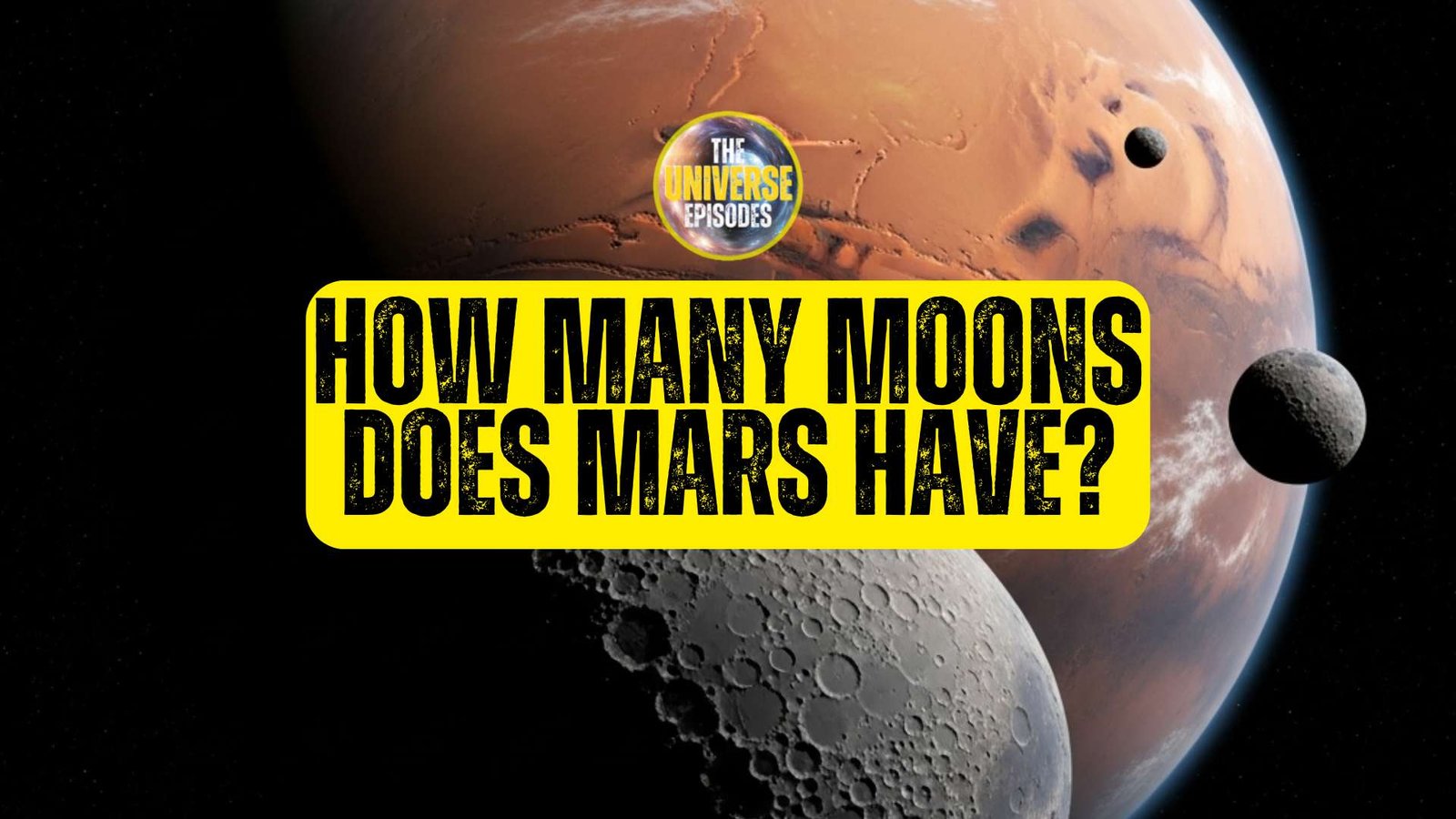The early days of space exploration were marked by intense competition between the Soviet Union and the United States. Both countries were determined to be the first to send a human into space, as it was seen as a symbol of technological and ideological superiority. The race to send the first human to space was not only a matter of national pride, but also had significant implications for scientific advancement and military capabilities. This article will explore the race to send the first human to space, focusing on Yuri Gagarin’s historic mission and its impact on the Soviet Union and the world.
Key Takeaways
- The early days of space exploration set the stage for the race to send the first human to space.
- Yuri Gagarin made history as the first human to journey into space on April 12, 1961.
- Gagarin’s achievement had a profound impact on the Soviet Union and the world, sparking a new era of space exploration.
- Gagarin’s life before and after his space mission, as well as his contributions to science, continue to inspire future generations.
- The challenges and risks of space travel in the 1960s highlight the importance of continued innovation and safety measures in human spaceflight.
The Race to Send the First Human to Space
The competition between the Soviet Union and the United States during the Cold War extended beyond political and military spheres into the realm of space exploration. Both countries saw space as the next frontier and were determined to demonstrate their technological prowess by being the first to send a human into orbit. The race was fueled by national pride and a desire to showcase their respective systems as superior.
Being the first country to send a human into space held immense significance. It would not only demonstrate technological superiority, but also have implications for military capabilities. The ability to launch a human into space meant that a country had mastered rocket technology, which could be adapted for military purposes such as intercontinental ballistic missiles. Additionally, sending a human into space would provide valuable scientific data and pave the way for further exploration.
Yuri Gagarin: The First Human in Space
Yuri Gagarin, born on March 9, 1934, in the village of Klushino, Russia, was selected as the first human to venture into space. Gagarin came from humble beginnings and grew up in a small village. He showed an early interest in aviation and joined a local flying club at the age of 16. Gagarin went on to study at the Saratov Industrial Technical School before enrolling in the Soviet Air Force.
The selection process for the first human spaceflight was rigorous and secretive. Gagarin was chosen from a pool of over 200 candidates based on his physical fitness, mental aptitude, and ability to handle high-stress situations. His calm demeanor and quick thinking under pressure made him an ideal candidate for the mission.
Gagarin’s Historic Spaceflight on April 12, 1961
On April 12, 1961, Yuri Gagarin made history by becoming the first human to orbit the Earth. His spacecraft, Vostok 1, was launched from the Baikonur Cosmodrome in Kazakhstan. The mission lasted just under two hours, during which Gagarin completed one orbit around the Earth.
Gagarin faced numerous challenges and risks during his mission. The technology of the time was relatively primitive compared to modern standards, and there were many unknowns about the effects of space travel on the human body. Gagarin had to endure extreme acceleration and deceleration forces during launch and re-entry, as well as weightlessness in orbit. The success of his mission relied on the reliability of the spacecraft and the expertise of ground control.
The Impact of Gagarin’s Achievement on the Soviet Union and the World
Gagarin’s spaceflight had a profound impact on the Soviet Union and the world at large. In the Soviet Union, Gagarin became an instant national hero and a symbol of Soviet technological superiority. His achievement was celebrated with great fanfare, and he was awarded numerous honors and accolades.
Globally, Gagarin’s spaceflight captured the imagination of people around the world and sparked a renewed interest in space exploration. It demonstrated that humans were capable of venturing beyond Earth’s atmosphere and opened up new possibilities for scientific research and technological advancement. Gagarin’s achievement also had political implications, as it was seen as a victory for the Soviet Union in the Cold War space race.
Gagarin’s Life Before and After His Space Mission

Before his historic space mission, Gagarin led a relatively ordinary life. He grew up in a small village and pursued his passion for aviation through his studies and military service. However, after his spaceflight, Gagarin’s life changed dramatically.
Gagarin became an international celebrity and embarked on a world tour to promote the achievements of the Soviet space program. He met with world leaders, attended parades and ceremonies, and gave speeches to enthusiastic crowds. Gagarin’s fame also brought him personal opportunities, such as meeting his future wife, Valentina Goryacheva, who was a medical student at the time.
The Legacy of Gagarin’s Spaceflight and His Contributions to Science
Gagarin’s spaceflight had a lasting impact on space exploration and science. His achievement paved the way for further human spaceflight missions and contributed to our understanding of the effects of space travel on the human body. Gagarin’s mission provided valuable data on the physiological and psychological challenges of space travel, which helped scientists develop countermeasures to mitigate these risks.
Gagarin also made significant contributions to the Soviet space program. His success demonstrated the capabilities of Soviet rocket technology and solidified the country’s position as a leader in space exploration. Gagarin’s mission inspired a new generation of scientists and engineers to push the boundaries of what was possible in space.
The Challenges and Risks of Space Travel in the 1960s
Space travel in the 1960s was fraught with challenges and risks. The technology of the time was relatively primitive compared to modern standards, and there were many unknowns about the effects of space travel on the human body. The spacecraft used for human missions were small and cramped, with limited life support systems.
One of the main challenges of space travel in the 1960s was the extreme acceleration and deceleration forces experienced during launch and re-entry. These forces put immense strain on the human body and required astronauts to be in peak physical condition. Additionally, weightlessness in orbit presented its own set of challenges, such as muscle atrophy and changes in cardiovascular function.
The Role of the Soviet Space Program in Advancing Space Exploration
The Soviet space program played a crucial role in advancing space exploration during the Cold War. The program achieved numerous milestones, including the first human spaceflight, the first woman in space, and the first spacewalk. These achievements demonstrated the capabilities of Soviet rocket technology and solidified the country’s position as a leader in space exploration.
The Soviet space program also made significant contributions to scientific research. The program conducted experiments on the effects of space travel on the human body, as well as studies on astronomy, physics, and biology. These experiments provided valuable data that helped scientists better understand the challenges and risks of space travel.
The Future of Human Spaceflight and the Lessons Learned from Gagarin’s Historic Mission
Human spaceflight has come a long way since Yuri Gagarin’s historic mission. Today, multiple countries have the capability to send humans into space, and there are ongoing efforts to establish a permanent human presence on other celestial bodies, such as the Moon and Mars.
The lessons learned from Gagarin’s mission continue to be relevant today. The importance of rigorous training and preparation for astronauts cannot be overstated, as space travel still presents numerous challenges and risks. Additionally, international cooperation has become increasingly important in advancing space exploration, as countries work together to share resources and expertise.
Yuri Gagarin’s historic mission marked a turning point in human history. His achievement not only demonstrated the capabilities of Soviet rocket technology but also sparked a renewed interest in space exploration and inspired a new generation of scientists and engineers. Gagarin’s legacy continues to be felt today, as we push the boundaries of what is possible in space and work towards a future where humans can explore the cosmos.
If you’re curious about the first human in space and want to delve deeper into the mysteries of our existence, you might find the article “Why Does Life Exist?” on The Universe Episodes website fascinating. This thought-provoking piece explores the origins and purpose of life in the universe, offering intriguing insights into our place in the cosmos. Discover more about this captivating topic by clicking here.
























